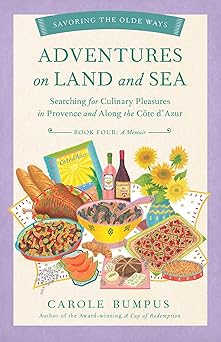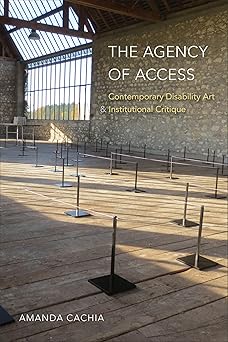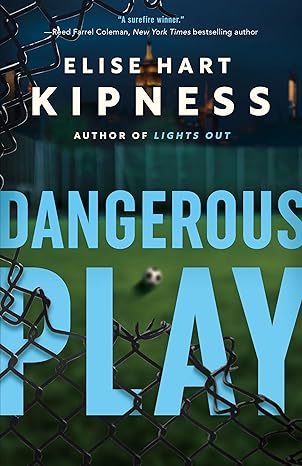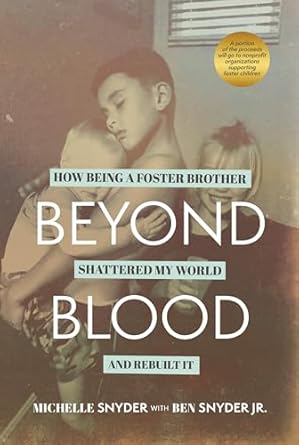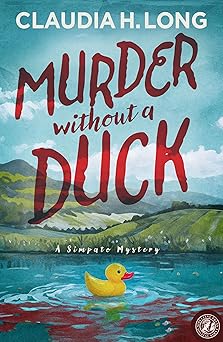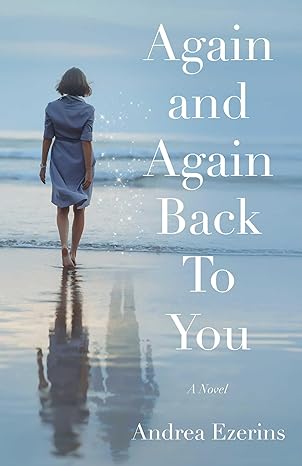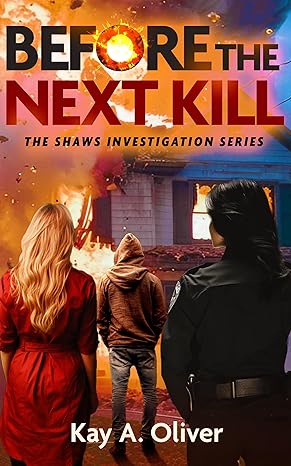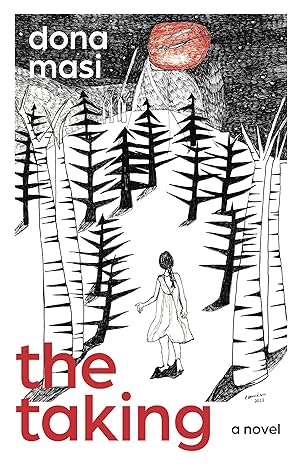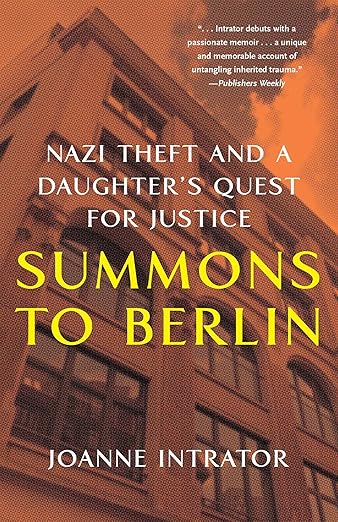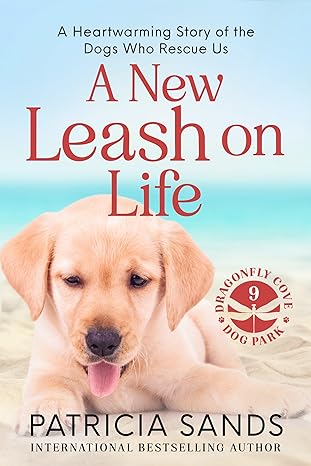Frankenstein Made Me Do It: On Writing Weird Girls
Frankenstein Made Me Do It: On Writing Weird Girls
 When I first read Frankenstein, I was thrilled by this well-read, well-intentioned poetic monster, creature of the sublime who, because he’s misunderstood, becomes monstrous. Most of all, I was fascinated by the way he was created: how he was crafted from various corpses, heterogeneous as anything. This was how I liked my books and my monsters: as hybrid as possible.
When I first read Frankenstein, I was thrilled by this well-read, well-intentioned poetic monster, creature of the sublime who, because he’s misunderstood, becomes monstrous. Most of all, I was fascinated by the way he was created: how he was crafted from various corpses, heterogeneous as anything. This was how I liked my books and my monsters: as hybrid as possible.
What caught my attention after reading biographies of Frankenstein’s author, Mary Shelley, was the tale of this woman, dared by her friends during a storm to write a story about ghosts. She comes up with this timeless tale about the complexities of creativity, especially when you’re a woman. Of course, that last woman part is more of a behind-the-scenes issue, glimpsed only briefly in the book—as when Dr. Frankenstein destroys the lady monster because he’s so horrified at the thought of her going on to procreate and make more monsters like her. This issue is also present in Mary Shelley’s 1831 introduction to Frankenstein, in which she calls the book her “hideous progeny,” gesturing towards her ambivalence/shame over “birthing” (a feminized kind of creation, no doubt) this book.
What’s more, while writing the book, Shelley was also caring for a young child, and she’d lost a premature baby in the past. So, here was Frankenstein in which a monster baby is created and then abandoned by his Dr. father. Shelley was taken to task for writing this monstrous book, most especially given her identities as a woman and mother. In these ways, Frankenstein merges many of my interests: in women, motherhood, creativity, and monsters.
Years after reading Frankenstein, I read Jenny Offill’s 2016 novel Dept of Speculation and found a “wife” protagonist (for that’s all she’s called) who planned on being an “art monster” (the often-male genius artist who gets to focus only on the art) but then became a wife and mother instead. This “instead” terrified me, as I was reading it as a new mother of two. Here was my conundrum: I wanted so badly to be an art monster, that wild creator of all things amazing. But I was a mother of two. How to have these identities co-exist? Since Offill’s book came out, women writers have been asking this same question in intriguing essays that I consumed voraciously. I pasted the salient quotations from each new essay into my “monster” Google document, crafting piece by piece my very own hybrid Frankenstein art monster, which would one day become Weird Girls.
Moreover, I was intrigued by the presence of the word “monster” in “art monster.” Some writers have been offended by the term because they feel it implies that it’s okay to act like a jerk in the name of art, but I don’t see the “monster” in “art monster” as functioning like that. For one thing, not all monsters from the various mythologies are “bad,” and even the “bad” ones are often merely misunderstood, like Frankenstein’s monster.
Rather, I think the term “monster” is here because it allows these creative women writing these essays to picture a life in which they break out of the borders of their carefully curated domestic prisons in a manner they need the trope of the fierce monster to catalyze. Monsters have always lived on the outskirts of “proper” society, fed on their own creativity and wildness, and produced what they needed to from the depths of their generative caves. This creature is the opposite of the woman in her neat house, popping out neat children…but not writing.
One day, in the name of my art, in order to finish writing Weird Girls, I decided to stop being so very pleasing, as woman, as mother, and to channel my inner art monster instead. This was challenging because being kind and helping others was so central to my life—especially as a mother and professor. But I decided that, as long as I avoided being a crappy person in the process, my children and students would benefit from the richer, more creative person that I unearthed along the way.
What did this look like? It was a work in progress. Most days I longed to be more revolutionary than I actually was, but there were the little things that I was proud of—like asking for help when I needed someone to watch my kids so I could work on my book, or saying no to any sort of unnecessary people-pleasing activity that would take away from the finishing of said book.
In truth, my solution to trying to parent and finish Weird Girls was often to try to combine the two. My children and I often played the (admittedly not very fun) game of both of them sitting on my lap while I tried to type. They would often tire of this, though, and would request some other form of actual entertainment. We all found pleasure together when I would read to them from Frankenstein. My son would ask me if it was written in a different language since the English was so antiquated as to sound foreign to them. But it would often lull them to sleep, at which point I would let them sleep on my shoulders as I finished my book for which Frankenstein had been the patron saint.
—
Caroline Hagood is an Assistant Professor of Literature, Writing and Publishing and Director of Undergraduate Writing at St. Francis College in Brooklyn. She is the author of the poetry books, Lunatic Speaks (2012) and Making Maxine’s Baby (2015), the book-length essay, Ways of Looking at a Woman (2019), and the novel, Ghosts of America (2021). Her book-length essay Weird Girls is forthcoming in November. Her work has appeared in publications including Creative Nonfiction, LitHub, the Kenyon Review, Hanging Loose, the Huffington Post, the Guardian, Salon, and Elle.
Find out more about Caroline on her website https://www.carolinehagood.com/
Follow her on Twitter @CarolineHagood
WEIRD GIRLS
BUY HERE
Category: On Writing

 A combination of memoir, cultural critique, and manifesto, Weird Girls traces the art monster-the writer, often coded monstrous and male, single-mindedly dedicated to the work-from ancient myth to modern literature and pop culture to ask: what happens when the art monster is a woman and/or mother? And what’s the connection between creativity and monstrosity? Told in brief, thoughtful, drolly charming chapters, Weird Girls offers a groundbreaking take on art, motherhood, and of course the art monster.
A combination of memoir, cultural critique, and manifesto, Weird Girls traces the art monster-the writer, often coded monstrous and male, single-mindedly dedicated to the work-from ancient myth to modern literature and pop culture to ask: what happens when the art monster is a woman and/or mother? And what’s the connection between creativity and monstrosity? Told in brief, thoughtful, drolly charming chapters, Weird Girls offers a groundbreaking take on art, motherhood, and of course the art monster.




